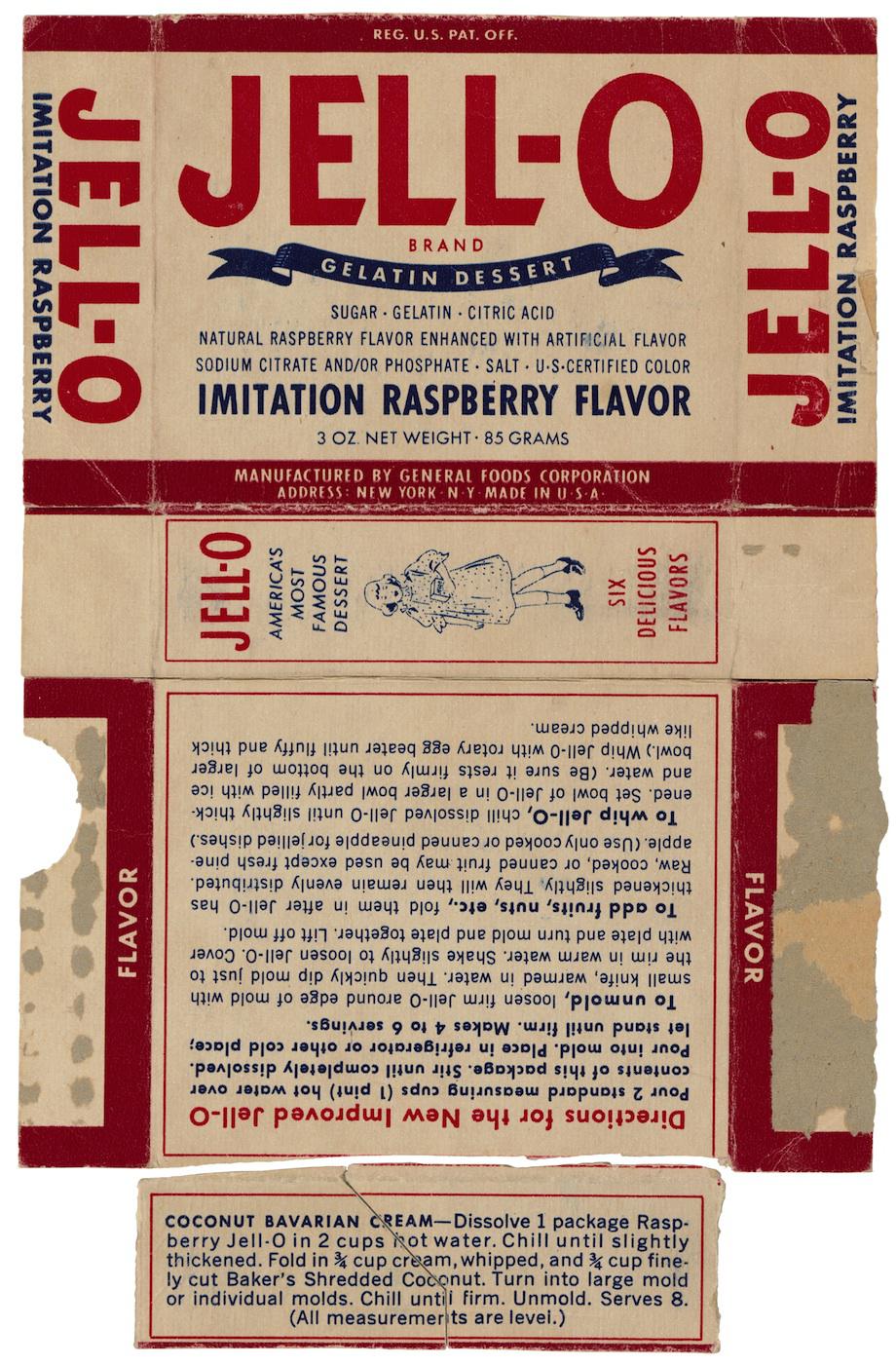The Vault is Slate’s new history blog. Like us on Facebook; follow us on Twitter @slatevault; find us on Tumblr. Find out more about what this space is all about here.
The first Soviet atomic test, in August 1949, terrified Americans, who had believed the U.S.S.R. to be far from reaching this milestone. After the arrest of Klaus Fuchs, an English physicist who confessed to passing atomic secrets to the Soviet Union, investigators followed a chain of leads to the New York couple Julius and Ethel Rosenberg, who had a long-standing association with the Communist Party. This humble Jell-O box was presented as evidence at their 1951 trial.
David Greenglass, Ethel Rosenberg’s brother, turned state’s witness against his relatives. Greenglass testified that after he had agreed to pass confidential information from his job at Los Alamos National Laboratory to the Rosenbergs, Julius settled upon the tactic of using an everyday piece of trash—a discarded Jell-O box top—as a way for Greenglass to verify the identity of Rosenberg’s courier.
Julius allegedly cut the box top in half, giving half to his brother-in-law and half to the courier, Harry Gold. When Gold showed up at Greenglass’ home, Greenglass remembered that Gold said, “I come from Julius,” and he pulled the fragment of cardboard from his wallet.
In a moment of courtroom theater, Assistant U.S. Attorney Roy Cohn asked Greenglass to use this stand-in Jell-O box to demonstrate Rosenberg’s technique. Greenglass cut the flap listing a recipe for Coconut Bavarian Cream, and the box was entered into evidence.
Investigators Walter and Miriam Schneir later reviewed notes from Gold’s initial interrogation about his role as courier and found no mention of the dramatic Jell-O box top incident—a fact they used to suggest that Gold’s later testimony was influenced by the prosecution. In 2001, Greenglass admitted having perjured himself in order to save himself and to protect his wife.
After appealing their case to the Supreme Court, the Rosenbergs were executed in 1953. The Jell-O box is now held in the National Archives.
